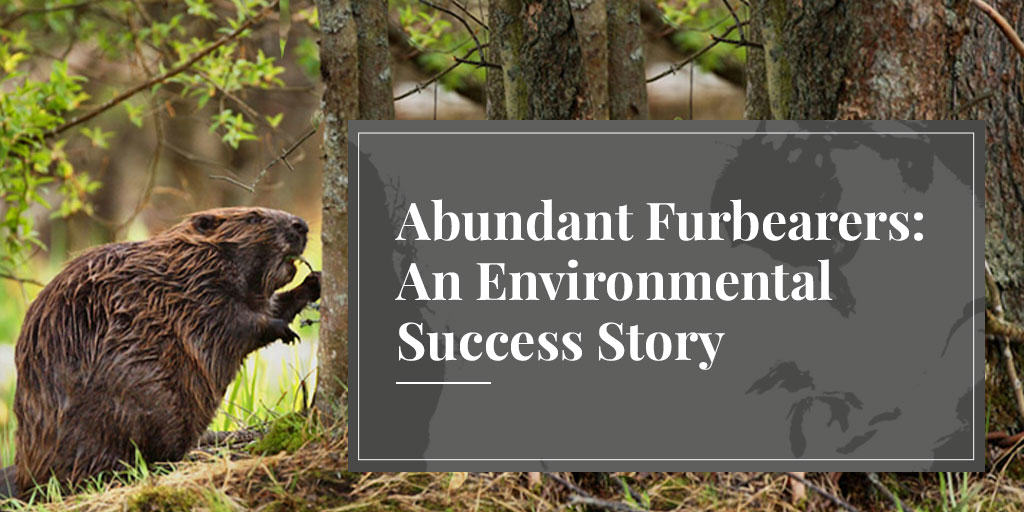
People I speak with are often astounded to learn that all the furs we use today are abundant. “We never use furs from endangered species and we are not depleting wildlife populations,” I explain. “In fact, the most commonly used North American furbearers are now as abundant as, or more abundant than, they have ever been.”
“How can this be?” they ask. After 400 years of commercial fur-trading, with so much urban and industrial development, how can fur-bearing animals be as plentiful as before Europeans arrived on this continent?
There are two main reasons why North American furbearers are so abundant, both of which are surprising to many. The first reason is that modern wildlife-management regulations have been remarkably successful in ensuring the responsible and sustainable use of fur-bearing animals. The second is that human activity is not always bad for wildlife.
Because neither of these facts is well known or understood, let’s take a closer look.
Effective Regulations Ensure Sustainable Use
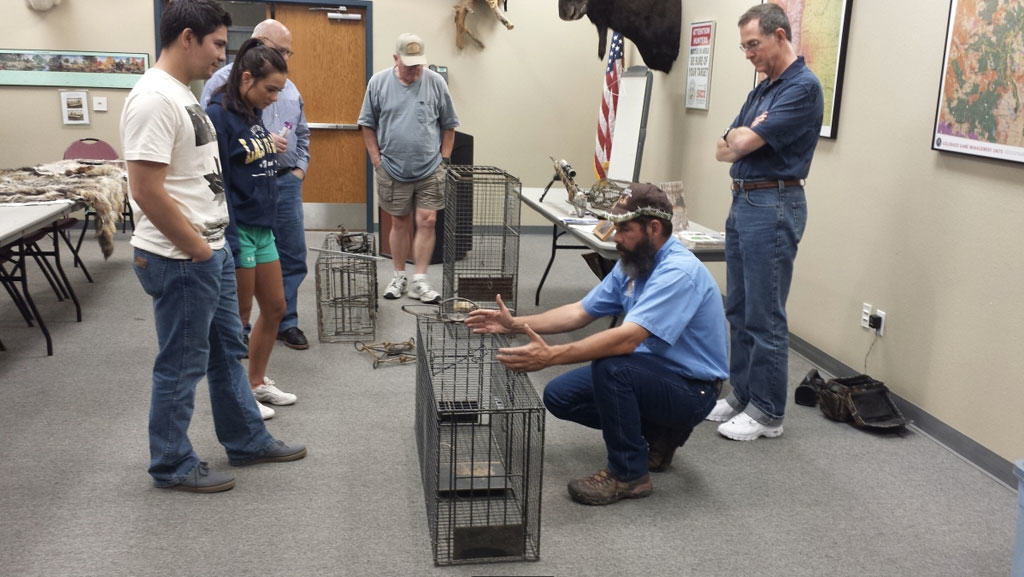
The hunting or trapping of wild fur-bearing animals in Canada and the United States is strictly regulated by the state and provincial (or territorial) governments. Government wildlife biologists regulate the impact of hunting or trapping in a number of ways, including the setting of “open seasons” (and sometimes harvesting quotas) for different regions and species. Open seasons are timed to avoid the periods when animals are reproducing or caring for their young, and are designed to target the natural “surplus”, animals that exceed the “carrying capacity” of their habitat. Hunting and trapping seasons can be lengthened, shortened or closed completely, if necessary, to maintain a balance between wildlife populations and available habitat.
Trappers are licensed and must complete training programs before receiving their permits. These programs teach conservation principles, the proper way to use new humane trapping devices and to ensure that only the targeted species are captured, pelt-handling techniques (to avoid waste), and survival skills.
Since the 1950s, furbearer populations have been restored across North America
Trapping was not always so well managed. In the late 19th and early 20th centuries, populations of beaver and other abundant furbearers were depleted by over-harvesting in some regions. With the introduction of modern wildlife management policies and regulations, especially since the 1950s, furbearer populations have been restored across North America.
It is easy to understand how government regulations can prevent over-harvesting. What is less well-known is that regulated trapping can actually help to stabilize the populations of some wildlife species. Beaver populations, for example, are naturally subject to extreme “boom-and-bust” cycles. If adequate supplies of their preferred food (e.g., willow and ash trees) are available, beaver populations can rapidly increase until all available vegetation is depleted (“eat-out”). Fighting for scarce remaining food, disease and starvation will then take their toll and beaver populations will “crash”; there may be no beavers at all in this area for many years, until suitable vegetation is restored.
Regulated trapping can smooth out these boom-and-bust cycles, keeping beaver populations in balance with available food supplies. The result is more stable and healthy beaver populations than would occur naturally.
Human Presence Can Increase Wildlife
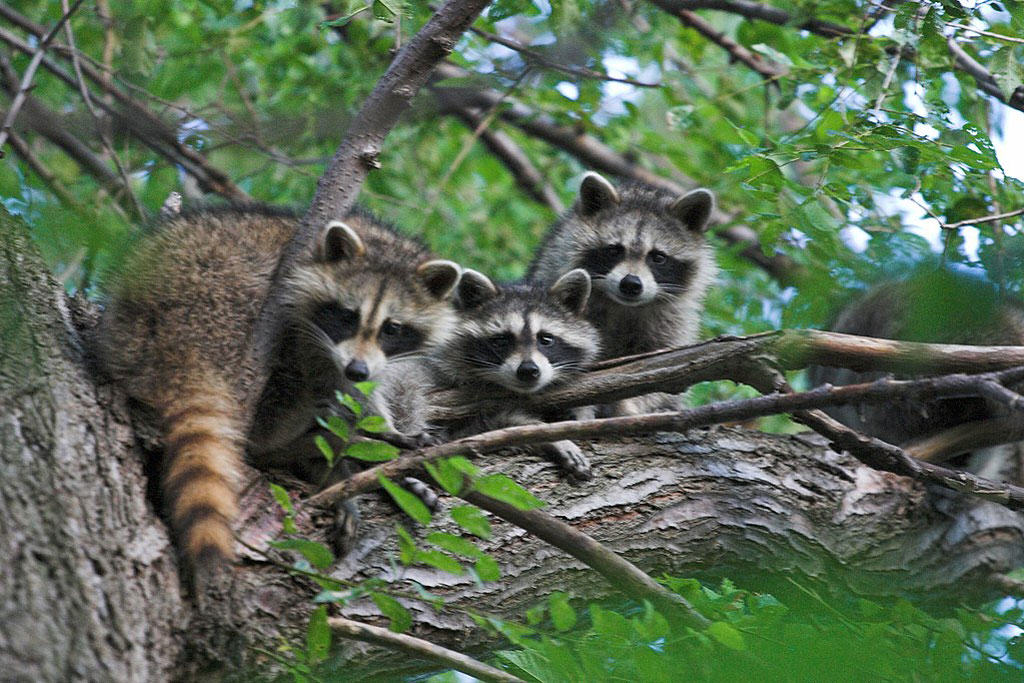
Even less well-known than the stabilizing effect trapping can have on wildlife populations is the fact that human presence can actually benefit some animals. While the expansion of cities, farms and industry can certainly disrupt natural habitat, for some furbearers it has allowed populations to increase.
A case in point is the raccoon. Our cornfields and urban garbage have allowed raccoons to expand their population and range, including northward into much of southern Canada where they were not present before.
Raccoons, foxes and coyotes are now more abundant across North America than they have ever been
Red foxes and coyotes have also benefited from humans, in two ways. Mature temperate and boreal forests do not support an abundance of wildlife, but when farmers clear parts for pastureland, habitat is created for mice and other small rodents on which foxes and coyotes feed. Foxes and coyotes have also benefited from their ability to adapt to living in close proximity to people, while wolves – apex predators and their competitors for food – have been pushed away from human settlements.
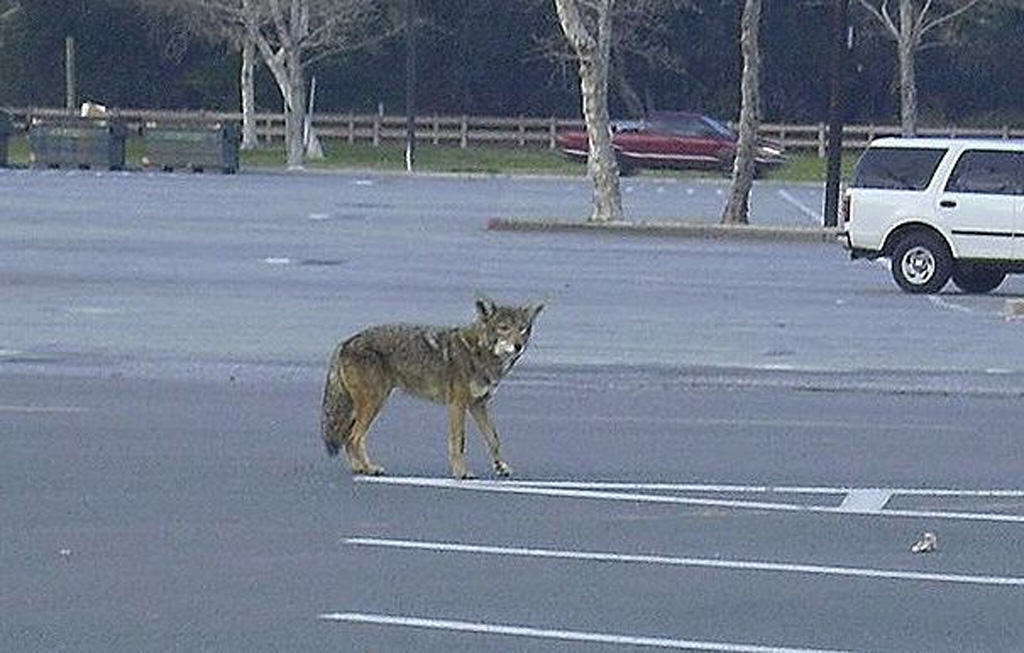
As a result, raccoons, foxes and coyotes are now more abundant across North America than they have ever been.
Human activity can improve wildlife habitat in other surprising ways. Roads built through marshy regions – as are found across much of northern Canada – are protected with ditches that help to drain excess water from the land. Ash and willow can then grow, bringing beavers which, with their dams, create ponds that attract a wide range of other animals. This sort of habitat improvement, combined with modern wildlife management regulations, has restored abundant beaver populations across North America.
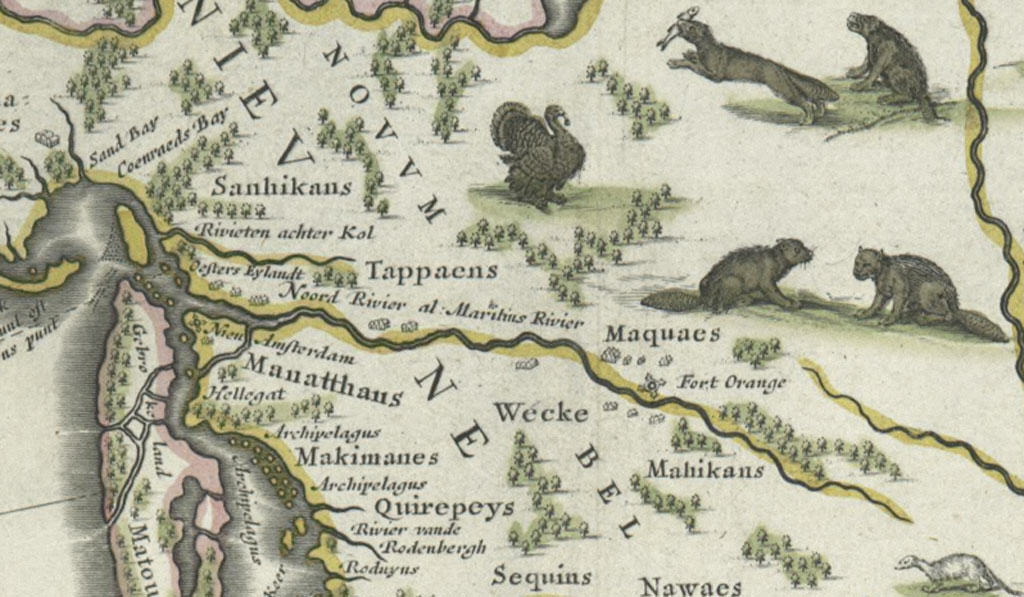
At a time when we are concerned about the depletion of many wild fish stocks and terrestrial species, the responsible and sustainable management of wild fur-bearing animals is a remarkable environmental success story. And that makes fur an excellent clothing choice for anyone concerned about protecting our natural environment for future generations.
***
FURTHER READING
Rise of the coyote: The new top dog. Nature magazine, May 16, 2012.
After 200 years, a beaver is back in New York City. New York Times, Feb. 23, 2007.
“… protection and re-introduction programs have re-established the American beaver throughout its historical range. It is now abundant.” IUCN Red List.
“After a population explosion starting in the 1940s, the estimated number of raccoons in North America in the late 1980s was 15 to 20 times higher than in the 1930s, when raccoons were comparatively rare.” Wikipedia, citing Raccoons: A natural history, by Samuel I. Zeveloff.











I also wanted to reach out and say a huge thank you!
As someone who has worked in New Zealands fur industry and now works in Canadas fur industry I appreciate the amount of information you provide and I hope to educate more people on the topics of fur!
Thank you for the information, it is so important to share the reality of trapping and harvesting animals. I love everything about being a new entrepreneur in the fur industry, making hand & foot warmers out of all-natural sheared beaver and living in harmony!
❤️ auroraheat.ca